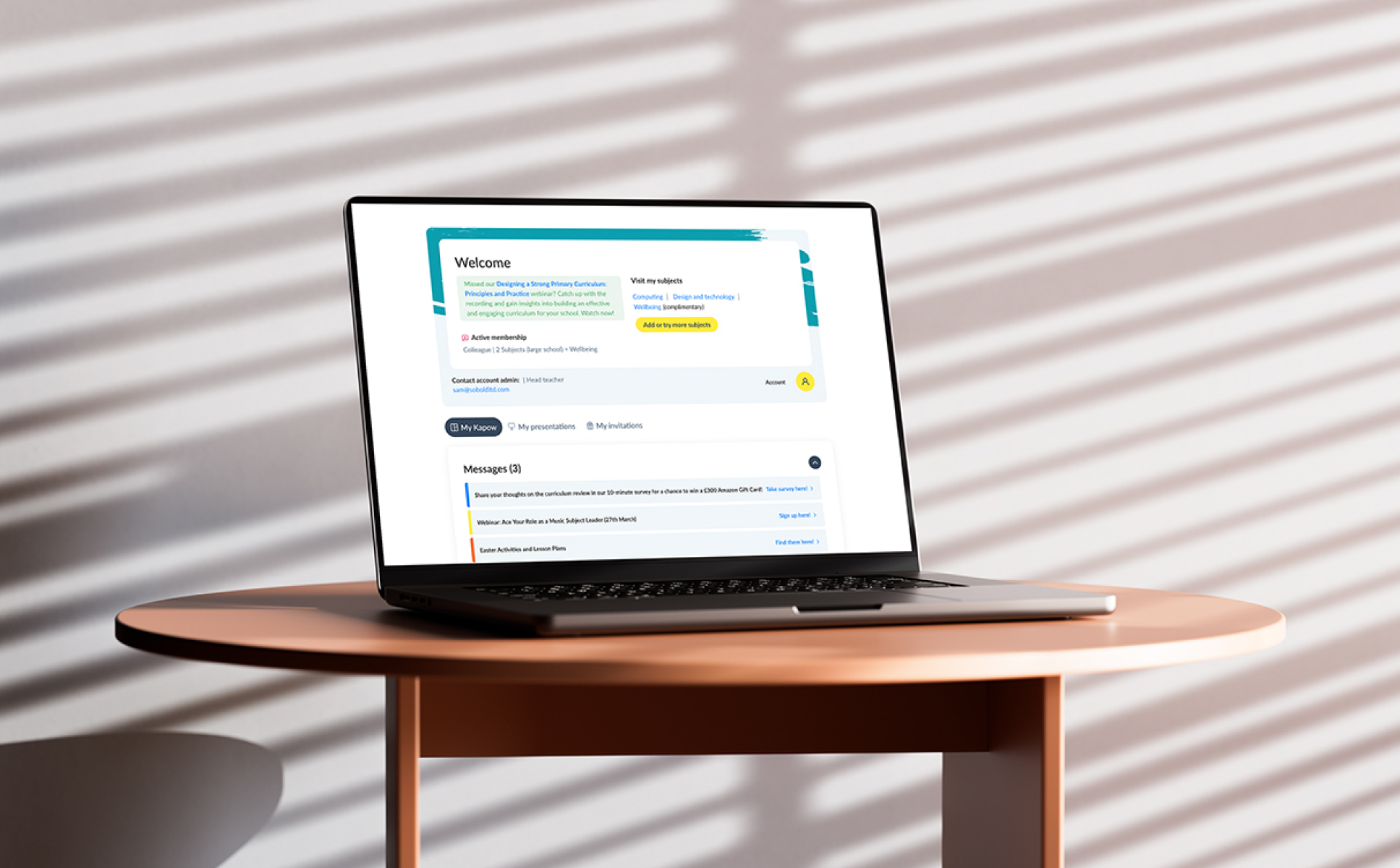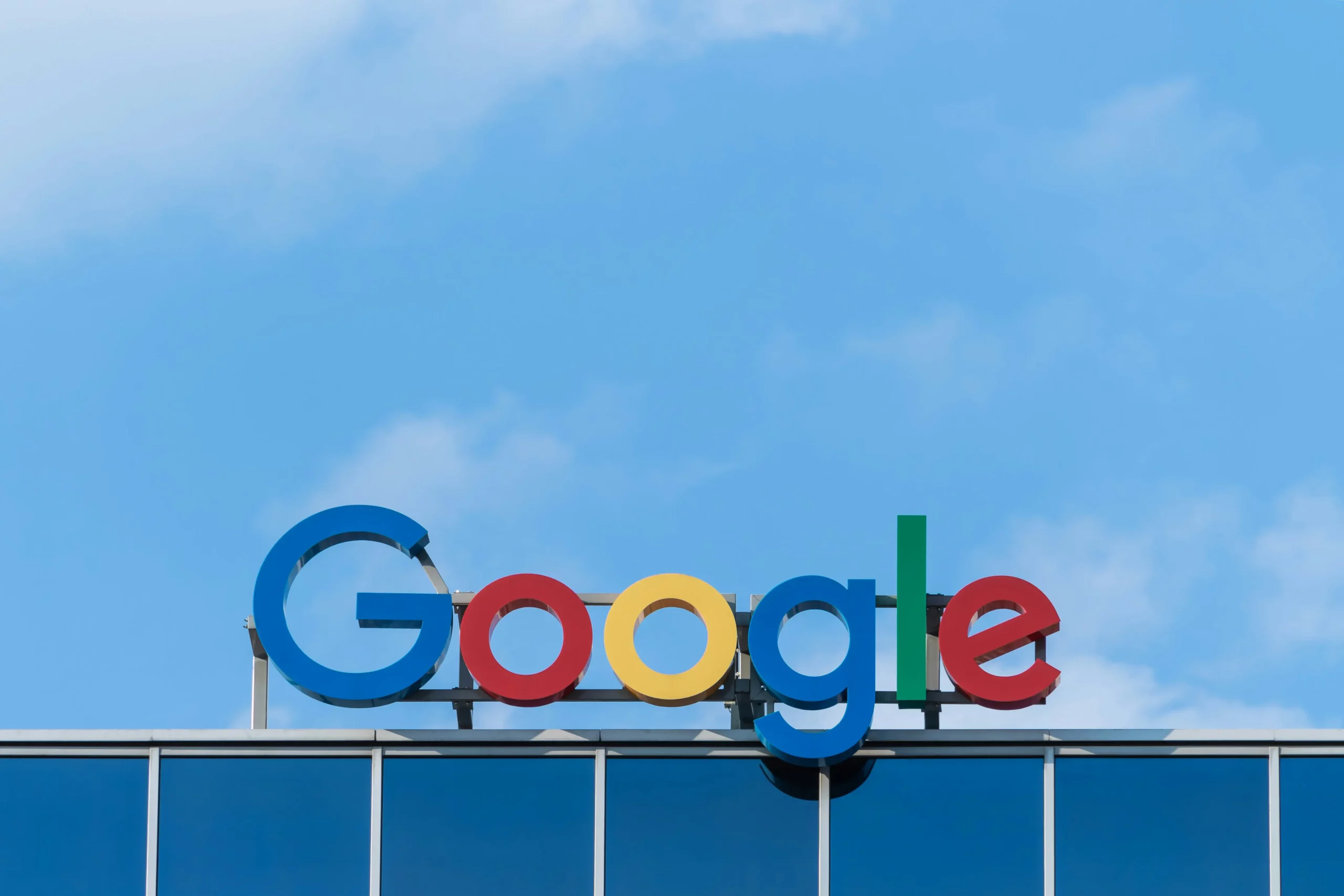As of September 2017, SoBold has become the exclusive digital partner for Clanwilliam Group.
About Clanwilliam Group: Clanwilliam Group, headquartered in Dublin, Ireland, operate a number of industry leading brands in the private and public healthcare sectors across the Republic of Ireland, the UK, Australia, New Zealand as well as other worldwide locations. Formed in 2014, Clanwilliam has rapidly expanded in size, now with over 15 brands under the Clanwilliam Group umbrella. Clanwilliam is driven to establish itself as a global group of highly synergistic healthcare technology and services businesses.
About SoBold: SoBold Digital Marketing, founded by Managing Director Will Newland in 2014, work with companies and brands deriving from an impressive multitude of sectors including Healthcare, Fitness, Luxury, Hospitality and more. With a growing portfolio of over 80 brands, SoBold has a proven track record of delivering expertly crafted digital marketing solutions to help small and medium sized businesses grow and flourish.
We are delighted to become Clanwilliam Group’s exclusive digital partner. Clanwilliam is rapidly increasing their reach in the Healthcare sector and we at SoBold are proud to work with them to implement a powerful digital strategy.






